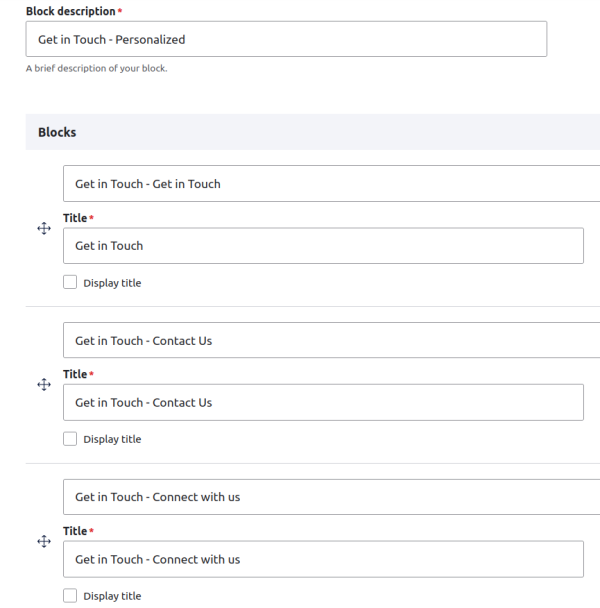Optimizing Website Conversion Rates Through Digital Marketing Experiments
Introduction
Optimizing website conversion rates in today's digital world is crucial to success. While there is no silver bullet to improve click-through rates or form fills, following a scientific method can make a significant difference.
A scientific method1 is a systematic approach that involves formulating a question, creating a hypothesis, making a prediction, testing, and analyzing results. By setting up digital marketing experiments using this method, businesses can bring results and improve their conversion rates.
However, for successful experimentation, speed or agility is the critical factor. Suppose every change in the website needs to go to the development team and can only be deployed in a specific cycle; it will be impossible for the marketing team to do experiments on the website. This is where Drupal's power as an agile CMS comes into play.
This article will discuss how we used Drupal and the website personalization engine to set up and run an agile digital marketing experiment to improve our website's conversion rate.
The Problem

The primary path most users choose to contact us is the Get in Touch CTA in the sticky menu bar on our website. The current one was there for quite some time, and we decided to change it. How we do that is a challenge. The simple approach is to engage a UI designer to create a new CTA "that we think will work for us." and go with it. This way is not something a MarTech team should choose. We want to follow the right approach and conduct a digital marketing experiment to finalize the CTA "that works better for our visitors."
Scientific Method for Digital Marketing Experiments
A scientific method is a proven approach used in scientific research, and it can also be used in digital marketing experiments to improve website conversion rates. The following are the steps involved in the scientific method for digital marketing experiments:
- Formulation of a question: The first step is to formulate a question. In our case, the question was, "What would be the best CTA copy from the list of wordings that works well for us?"
- Hypothesis: Based on the question, a hypothesis can be formulated. In our case, the hypothesis was that changing the wording of the current CTA would increase the click-through rates and conversions.
- Prediction: Next, a prediction is made based on the hypothesis. In our case, the prediction was that changing the wording of the CTA button from "Get in Touch" to "Contact Us" or "Connect with Us" would increase click-through rates by 10%.
- Testing: The next step is to conduct an experiment to test the hypothesis. In AB testing, this might involve randomly dividing website visitors into three groups, with each group having an equal probability of seeing the CTAs (Get in Touch), (Contact Us) and (Connect with Us). The click-through rates of each group will be measured.
- Analysis: Finally, the results are analyzed to determine if the hypothesis was supported or refuted. The hypothesis is supported if the group that saw the new CTA button had a significantly higher click-through rate than the group that saw the original CTA button.
Using Drupal and the Personalization Engine for Conducting an Agile Digital Marketing Experiment
Drupal is a powerful DXP that can handle digital marketing experiments with ease. In our case, we used Drupal to create an experiment to determine the copy of CTA that works best for us. The following are the steps we took to set up the experiment:
Create a Custom Block Type



The existing CTA was created as a Drupal block. We made two more blocks to include "Contact Us" and "Connect with Us" and used the custom block type with a block reference field to insert all three blocks into a single block and place it in the right slot.


Personalization engine
We used a website personalization engine to address the specific challenge of giving the marketing team control of the digital marketing experiments. The personalization engine allowed us to automatically pick up the right block from the list of blocks added as a reference based on a rule. Here we set it up to show all blocks with equal priority for everyone.

We could set up the experiment agilely with Drupal and the personalization engine. The website is now ready with the experiment setup, and we are waiting for 10,000 impressions on the CTA to do the analysis and finalize the copy. Similar experiments can be done for the website's size, placement, color, and other elements.

Conclusion
Optimizing the CTA is a crucial part of any digital marketing campaign. Digital marketing experiments can help marketers make data-driven decisions and improve conversion rates. Drupal and the personalization engine can make digital marketing experiments easier to set up and more agile. By following the scientific method and using these tools, marketers can optimize their CTAs and other website elements to increase conversions and drive business growth.
Read more about the website personalization engine we are working on, and let me know if you have any questions.


